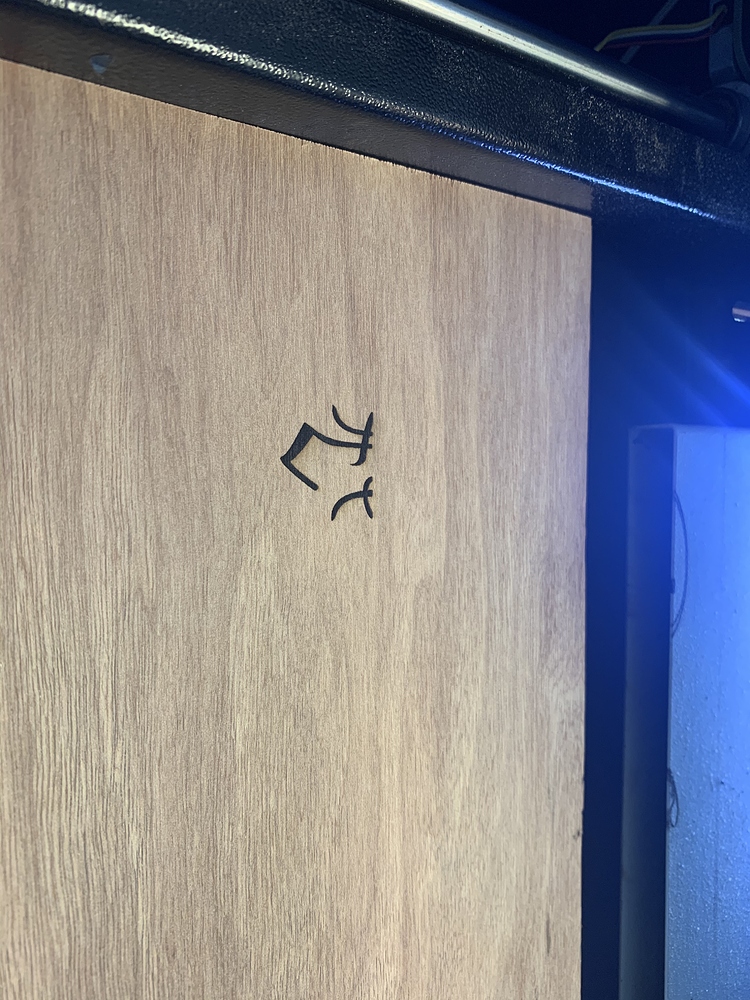

$30=1000 laser 0-100% power range make sure this matches the value for same in LB $25=2000.000 homing search speed, up from something lower that it ships with. $10=0 important one, ships with $10=1, LB needs 0. Then you tell LightBurn that the origin is at the front-left of the machine, instead of the rear-right, and you're done.

This shifts the origin point of the machine left and forward by the size of the workspace. (If your machine is a different size, use your width and height values in mm instead of the 812's shown here, and remember the minus signs - those are important) That command says "set an offset" (G10 L2) in the first coordinate system (P1) of X -900 and Y -900. We're going to leave the direction alone, but change the origin position by using this command in the LightBurn Console window: This machine has an 900mm x 900mm working area, and the origin is set to the rear-right, with negative numbers going down and to the left (onto our workspace). We'll use a Mega V XL as our example setup. This is an easy thing to work around though, using a workspace offset. Mega V XL machines typically use Grbl 1.1f +, but are configured for negative workspace coordinates, which LightBurn doesn't support.


 0 kommentar(er)
0 kommentar(er)
